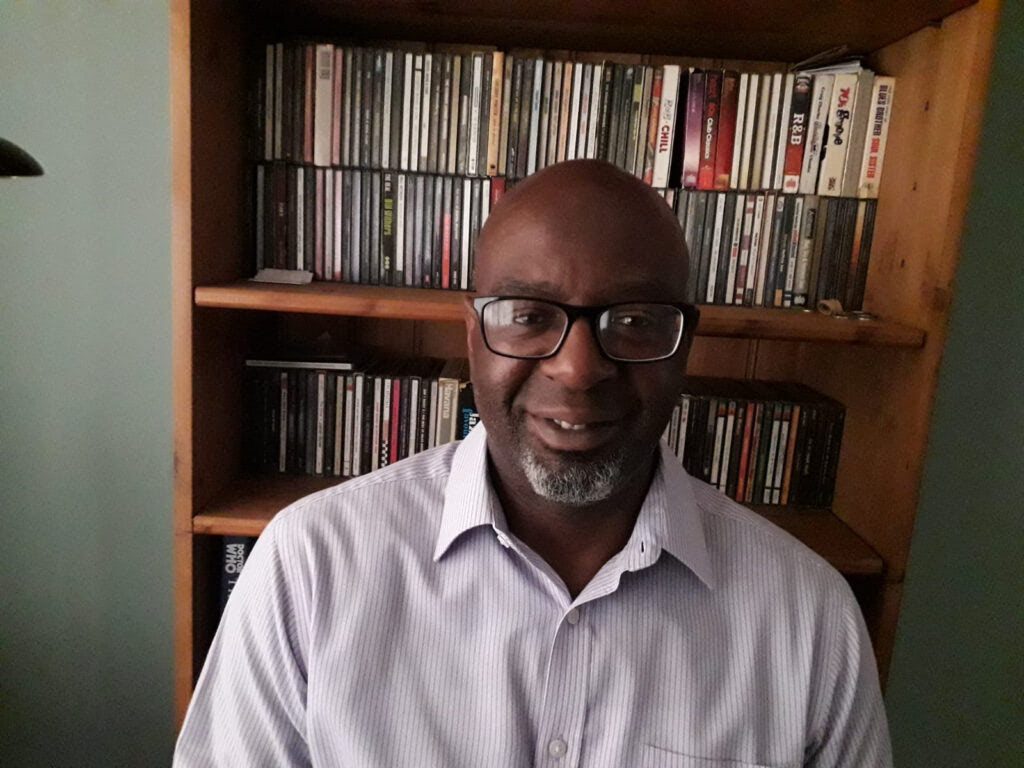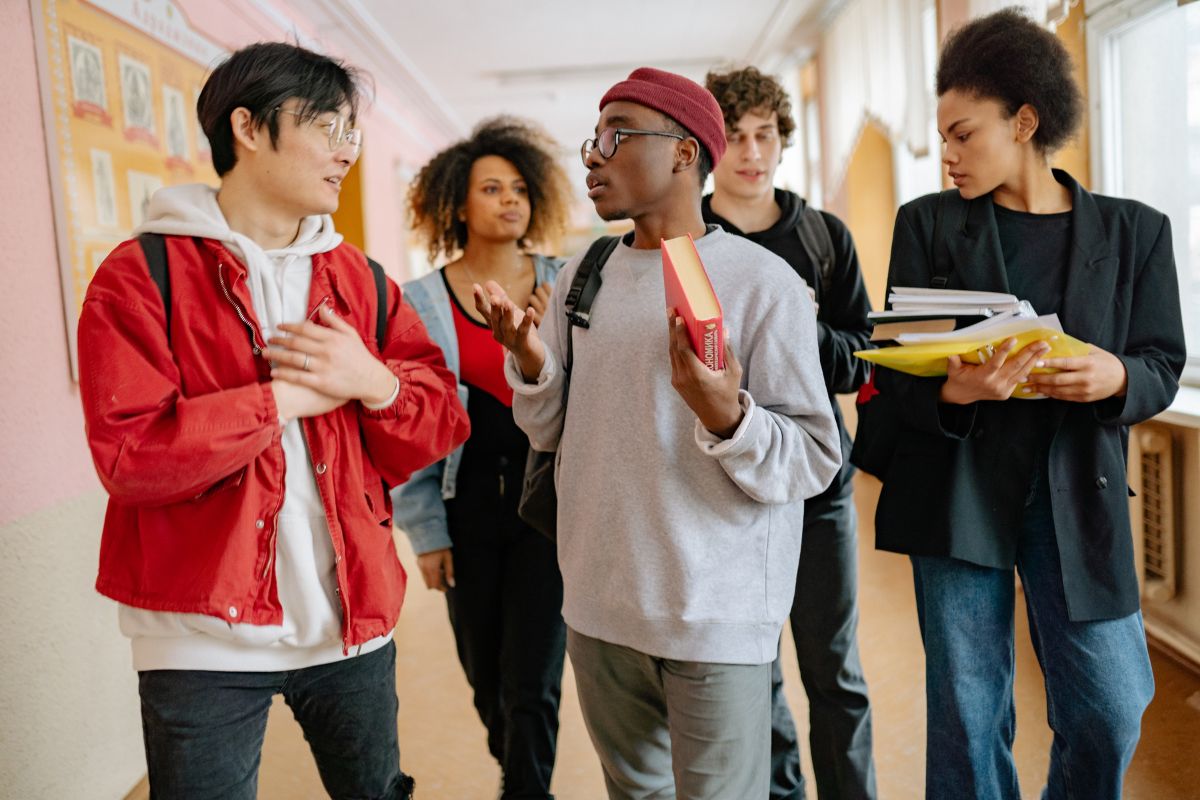Anti racist curriculum in Further education- More than just words of a page

In a space where we raise concerns about the rise of racist attacks on social media and in the streets. Where LGBTQ+ campaigns are questioned as to their validity and non-abled people are denied support for not being disabled enough, it’s difficult to go against the status quo. In education one campaign coming under increased scrutiny is the ‘Anti-racist Curriculum’. And how schools and colleges will embed it into their policies.
Who is driving this forward? What actions have been taken or completed beyond committee meetings and positive media statements?
In a world where we all feel a little more fragile, more agitated and certainly more uncertain about the future of education with distance learning, Zoom lessons, student achieving examinations, mental health of our students, are we falling into a narrative where initiatives are waterdown to meaningless acknowledgement or ineffective compromises because some of these problems are easier to resolve than others.
Since the summer of 2020 where the tragic murder of George Floyd raised questions and placards. Many people marched and signed petitions. Many schools and colleges have highlighted their own flaws and begun to address the inadequacies within their classrooms and boardrooms. But our institutions are not closed off from the influence of communities where our students and staff reside. We must recognise complex issues and challenge destructive behaviour and discrimination young people have committed, dismissed or overlooked, sometimes leading to ultimate tragidy. Recently, Romario Opia and Keon Lincoln, both aged 15 years old, were killed on British streets.
A study by Cambridge University’s Institute of Criminology found those of Asian ethnicity are on average twice as likely as white people to be killed. Black people aged between 16 to 24 are more than 10-and-a-half times (10.6) more likely than white people to be victims of homicide in England and Wales.
These and other deaths point to greater issues in our society but in terms of education, are we dealing with systemic racism which has impacted the system which devalues young people? There is an intolerance for equality and protests which has grown from last summer. From media lag of ‘taking the knee’ in sports, a backlash to requests for protest marches and comments from professional bodies to LGBTQ+ and BLM, coming from right -wing activists. These influences seep into the classroom and as some teachers have not seen students in the flesh for upto six months, how are they being influenced?
‘Anti-racist Curriculum’
‘Anti-racist Curriculum’. Many further education, secondary schools and academics have begun developing policies to address systemic issues within the curriculum. I have begun developing a Black history curriculum for a number of FE colleges in the north of England and working in partnership with other academics in creating projects aligned with adjusting concepts and policies in equality and diversity. But what is a ‘Anti-racist curriculum’ ?
John Amaechi, New York Times best selling author & psychologist, said “There’s a big difference between being not-racist and being anti-racist. I know it doesn’t seem like it. I know that both of these things seem equally good, but they’re not.”
Being Anti -racist is not being perfect, no one is. It’s a matter of challenging yourself. You don’t have to hide, or never think bad or good about anybody of colour to be anti -racist, it’s just about committing yourself to challenging racism wherever you find it, both internally and externally. If a colleague tells a racist anecdote, challenge them, that’s all. Many people can let behaviour slide, especially when it could be uncomfortable or confrontational. But if we don’t tackle racist behaviour or question ourselves, are we really being anti-racist?
In education, anti -racism can be systemic and unseen, as one person said to me ‘It’s been like this for years, it won’t change’. I replied ‘ Do you think we can question it?’ He looked at me with a raised brow, ‘No, but you could because you’re black’.
‘Well wrong is just wrong, if all people don’t challenge it, it will still thrive.’
An example of anti-racism, is in the manner we create barriers for Black and Asian students by not considering their culture in the dress code in the classroom. Some schools and colleges don’t allow certain hair styles e.g. dreadlocks, cornrows, durags, jewellery. These styles are cultural to some students and when deemed negative by the institution, the school is directly saying, ‘we don’t want your culture here’ or ‘we don’t value your culture’. The same can be said of curriculum which highlight white bias in the texts and examples in the classroom. They may focus on history, many British students study WW1 but are unaware of the contribution of soldiers from the Commonwealth, West Indian and Indian subcontinent, the resources are on the ‘British Tommy’ or Lancaster regiment’ Why is that?
When teachers projects on subjects in science, arts, geography, history, music, engineering , mathematics, they give examples of only white bias scientists, white, engineers, pioneers and do not include examples from other cultures such as Septimus Severus, Samuel Coolridge Taylor or James Baldwin.
Such systemic behaviour can only be changed by actions of the institutions and the staff members becoming aware of alternatives and being inclusive with all aspects of learning and resources. This may also lead to highlighting racial prejudice and structural racism by tackling the values and attitudes of teaching and non teaching staff.
We need to challenge ourselves. So have you ever said the following to a black or minority person?
‘I love your accent, but you’re not from here?’
‘You’re so well spoken’ or ‘You speak better than I do.’
‘I love your hair, can I touch it?’
That was just three examples of common phrases which may seem like compliments, but they are not, no matter how well intentioned.
One further anecdote, ‘A teacher was beginning a lesson as part of BHM (black history month) and pointing to the single black pupil in the classroom asked; ‘How do you feel about slavery?’ Not only was the teacher highlighting the one black minority pupil in the room but placed her in a position which she is the focus of the class and may have insight into slavery which a white pupil doesn’t. The teacher assumes she has an interest and can share her personal experience, if distanced, of slavery.
As a teacher and writer, we need to embrace new resources and influence and stimulate debate. Bring in new ideas, literature, ways of delivering in classrooms in order to include all learners. We need to review values, concepts,policies in Anti-racist, definitions, attitudes and representation in students and staffing across the curriculum in order to create common anti-racist goals. For example, some of my writing reflects in Peepal Tree Press is the world’s leading publisher of Caribbean and Black British writing. https://www.peepaltreepress.com/books/weighted-words
In this way we should promote and celebrate diversity, challenge discrimination, promote wellbeing and above all review all curriculum content to provide resources to support teachers and enhance the whole learning experience for all students. By delivering inclusive content for all students including black and asian, LGBTQ+, non-abled as well as other cultures.
It will be the experience of the students and staff members which determines whether each institution has representation across the curriculum which captures the rich and diverse culture from all communities and transfers them to all areas from leadership, role models, employment and in the classroom.
‘The anti-racist curriculum’ may become one of those policies which is well intentioned and ultimately is deemed as unnecessary and folded into current policies, but I suggest it is as needed today as the Stephen Lawrence Awards /Macpherson report was needed twenty years ago. Will we act and not be bystanders in the challenge against racism and invest in diversity by embracing the challenge. Ask yourself, what am I doing for my curriculum? More than just words.
Peter Ejedewe












Responses